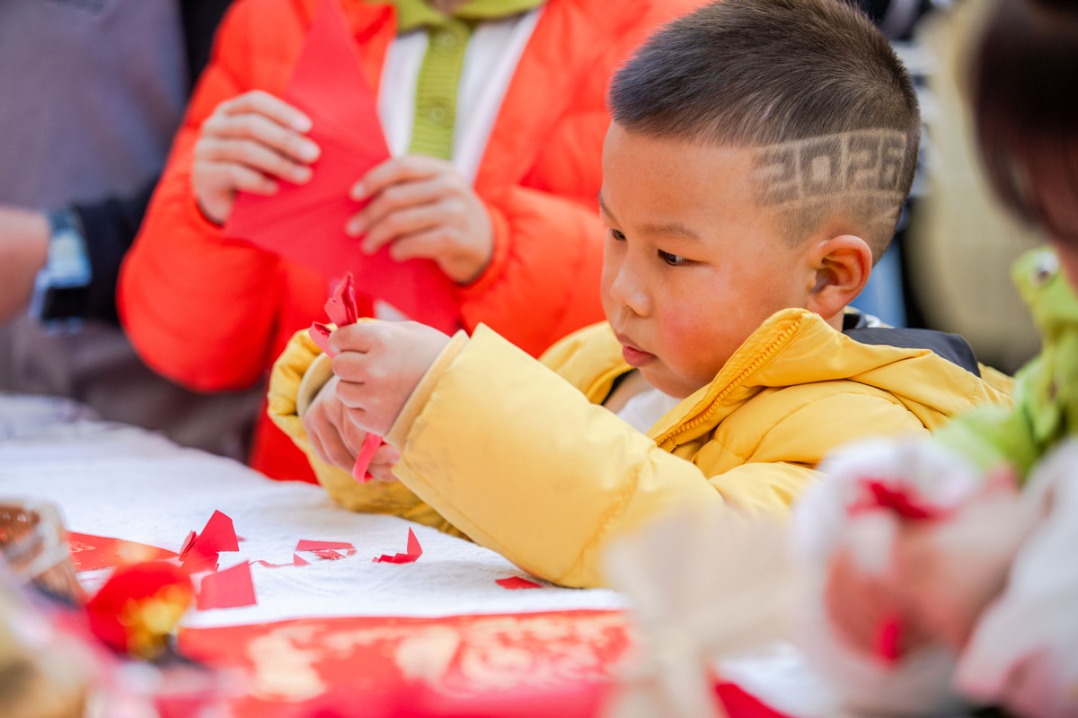'Leprosy village' residents see hope

Jiang Chongyang finds Spring Festival the worst time of year. After spending six decades living in a "leprosy village" in eastern China, the Chinese New Year holiday acts only as a reminder of his isolation.
Jiang was diagnosed with Hansen's disease, commonly known as leprosy, when he was 16. Four years later, he was sent to live at Jiangxi province's largest leprosy prevention and treatment center.
"When you pass through the door, you know you're never coming back out," said Jiang, now 79. "I still remember the last big dinner I had with my family 60 years ago."
Jiang's partner died at age 89 in January. She was taken to the center by her ex-husband in the 1960s.
"No one ever came to visit her," he said. "Leprosy was more frightening than cancer at that time. The neighbors, even your family, would keep their distance once you had the disease. Your family was forced to send you away."
Jiang and his partner lived together most of their lives, but they never married. China's Marriage Law did not allow people with leprosy to wed until it was amended in 1980.
At the center, a marriage certificate was of no importance, but companionship was, Jiang said.
Huang Tianxiang, 82, and his partner also never married. He was sent to the "leprosy village" - as it was called by outsiders - when he was 23.
A native of Ganzhou in Jiangxi, both Huang's father and older brother were practitioners of traditional Chinese medicine. Had he not been diagnosed at age 16, Huang planned to train as a TCM doctor, too.
"I still don't know how I caught the disease," he said. Before his diagnosis, he tried various medicines, but his skin began to fester.
Jiang and Huang are typical examples of the 500,000 leprosy patients reported since 1949, the year the People's Republic of China was founded.
According to the China Leprosy Association, nearly 480,000 people have received free treatment and been cured over the past half century, and now only 6,000 people nationwide have the disease.
The center, founded in the late '50s, has room for more than 500 patients, but right now it has just 74 residents, with an average age of 70.
"The incidence of leprosy in Jiangxi has shrunk. Only 10 to 20 new cases are now reported each year," said Xu Genbao, head of the center. "As the disease is eradicated, we hope people's fears and discrimination will also disappear."
Huang was discharged after being cured about 12 years ago. He returned home, but he found other people, including his family, kept their distance.
"They still thought they'd catch the disease. So I came back to the treatment center," he said.
The discrimination stems from a lack of knowledge, according to Xu, who said most people know the disease only through books, films and television.
"Leprosy is the same as many common bacterial infections, ... but with the advent of antibiotics, it can be controlled and cured," he said.
Huang aims to combat the stigma by writing a book about the disease.
- China holds central rural work conference
- Theme poster on military drills 'Justice Hammer, Blockade and Disruption'
- President Xi to deliver New Year's message to ring in 2026
- Various activities held across China to celebrate upcoming new year
- Postal and delivery services now cover all rural areas in Xizang
- Top judiciary fortifies public interest litigation





































